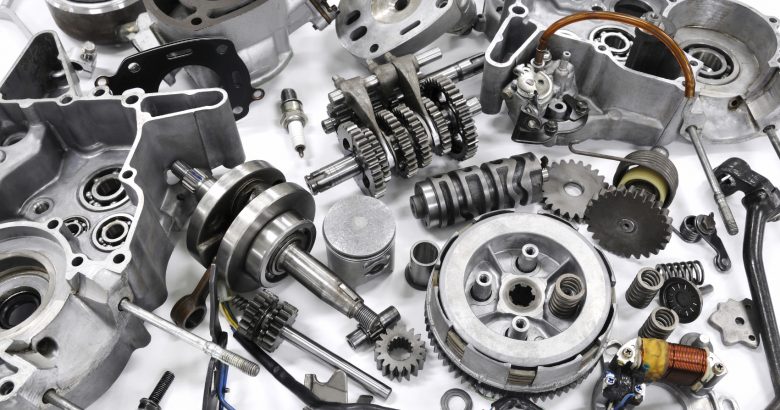
The future has arrived! Now you can made parts for your car via 3D printing and you don’t even have to own a 3D printer. Of course, you still design the part but, instead of printing it yourself, you ship the design off to a professional 3D printing company. Just imagine how useful this will be in the car restoration hobby where replacement parts are often impossible to find. The folks at Len Stoler Porsche of Baltimore, MD, a long time Porsche dealer, says that it’s just a matter of time before they get a 3D printer themselves for repair parts.
How 3D printers work
There are many types of 3D printers. They may look different and use different materials, but all utilize the same basic approach for making a 3D object by building the object one layer at a time. The process starts on the base layer and then adds subsequent layers up from there. It’s actually simple; it builds an object in 3 dimensions just like standard printers “build” something in 2 dimensions.
It starts with a 3D model
The object being printed starts with a 3D image of the item. This is usually created by hand using a computer-assisted design (CAD) software program. The 3D object is then sliced into hundreds (or thousands) of ultra-thin horizontal layers. Then all the printer has to do is assemble all ultra-thin horizontal layers one by one with a material that fuses together.
Inexpensive 3D printers deposit a material that is a polymer, sort of like an automated glue gun. The polymer comes in spools and in a wide variety of types and colors. More professional 3D-printed metal parts are made by “selective laser sintering” which involves heating and solidifying a granular metal material via a high-power laser.
A “classic” example
A fellow with the user name MadMorrie on the instructables.com website explained how he 3D printed some broken door handles for a 1962 Valiant he was restoring. You might ask, “why not look for original surplus handles (NOS) ones.” The problem is that the originals were made of a weak diecast metal, a material that doesn’t age particularly well. He could have looked for NOS handles but they would likely be brittle because of their age.
The first part of the 3D printing process was to measure the window regulator mechanism spline that juts out from the door panel. He measured it down to the .01mm level with a micrometer. Then the door handle needs to be designed over the female spline hole. MadMorrie used a 3D CAD program called MODO to create the 3D model of the handle.
Once the 3D model was finished, he uploaded it to the 3D printing company ShapeWays. MadMorrie could have had the handles made of stainless steel but instead selected a strong black plastic. After placing the order, they arrived in 2 weeks and they fit his Valiant perfectly.
Predesigned shapes
You don’t always have to design the item you want by hand. Many of the 3D printing companies have libraries of product designs that you can use. For many users, these designs can provide a nice starting point for your own designs. In years to come, enthusiasts will likely build libraries of all the classic cars parts under the sun for others to share and use.
Image Source: aplus.com